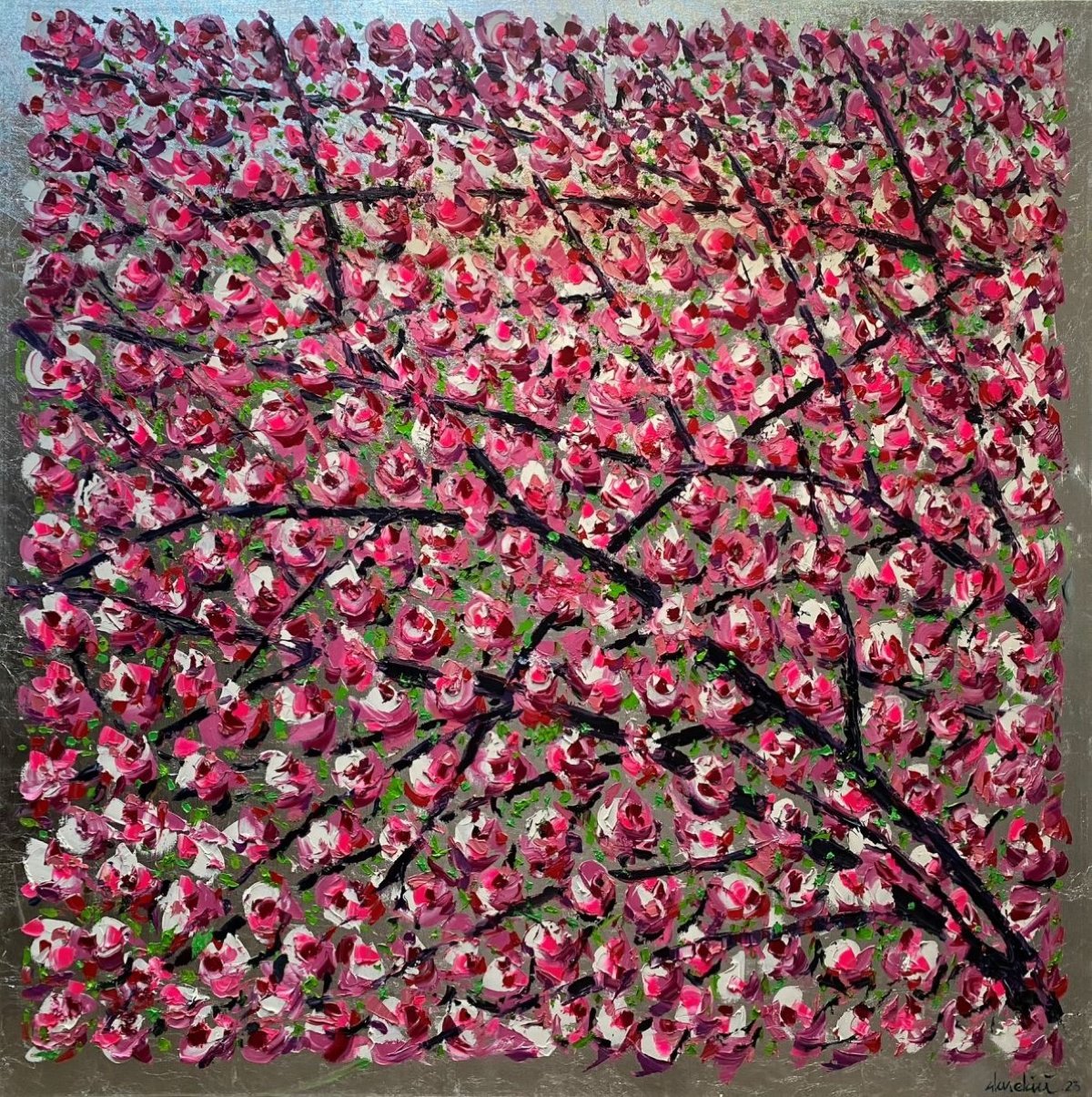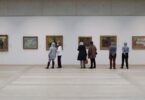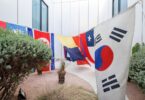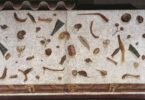SELEN BAŞMAN
To accurately evaluate our country’s place in the global art market, it is my duty not only to examine the lives and works of our prominent artists who have stood out in the past and been a source of pride with their achievements but also to introduce you to contemporary Turkish painters. With the belief that the accepted values of our constantly changing world will shape the future, I am pleased to introduce you to contemporary masters.
The subject of this article is the esteemed painter Akın Ekici, who has attracted attention with his life and works, whose works are frequently featured in visual media, who has been featured in many popular television series, and who has successfully represented our country with his exhibitions both domestically and especially internationally.
Born in 1967 in Kayseri, where his parents, who were educators, were stationed, the painter spent his life in Izmir between 1969 and 1985. Although he could receive an education in art, the artist chose to study law of his own accord and graduated from Istanbul University Faculty of Law in 1989. Despite selecting the law profession, the artist never severed his connection with art from the early years of his life and always remained faithful to his identity as an artist.
Working as a lawyer, legal consultant and chief legal consultant at Turkish bank Garanti BBVA between 1995-2009, the painter, who continued his profession as a lawyer, also became a successful and ambitious figure who contributed many books to the literature in his field of expertise.
Starting professional painting in 2009, although the painter initially focused on figures and patterns, he soon turned to abstract painting. Encouraged by the veteran painter Devrim Erbil to work in the abstract painting style from the early years of his professional painting career, the painter developed his technique, known as the “Akın Ekici Technique,” over time. Using intense paint and a spatula to create layered paintings, the painter began to reflect his emotions and the messages he wanted to convey most effectively.
In addition to his distinct technique, perhaps what distinguishes Ekici the most is his legal education, because the painter, with his analytical thinking and reasoning ability, creates works that are very sensitive to social values and presents them to the viewer’s interpretation.
In line with his successful works, the painter was invited to many domestic exhibitions. When his works began to receive great interest from the press, art critics and art lovers, the painter expanded internationally. Holding exhibitions under the auspices of our embassies in the capitals of Mongolia, Ulaanbaatar, Georgia, Tbilisi and Romania, the painter also successfully represented our country by holding various exhibitions in the U.S. with three solo exhibitions, as well as in England, Italy, Japan and Greece.
Describing his painting style as “very textured, layered, sometimes very colorful but always presenting a rhythmic feeling, with a liberating presentation,” Ekici believes that this has turned into a manifesto over time. He argues that synthesizing the complex environment of life that presents us with data simultaneously has been effective in shaping the artist’s identity.
Ekici aims to bring traditional themes to a universal level in his works while also aiming to preserve them and highlighting the idea that the past is both the leader and the mirror of the future. Symbols of the land where he grew up, Anatolia, sometimes appear in his works with explicit references, sometimes with hints. Fragments from a wide range of motifs, from the patterns of yörük carpets and kilims to the letters of the Göktürk alphabet, to the carnations of Iznik tiles, to Anatolian mosaics, find their place in Ekici’s works either as they are or to be shaped by the interpretation of the viewer. Alongside his respect for the essence of the painter, he demonstrates his commitment to the culture to which he belongs in this way.

He aims for his compositions, which he wants to be perceived as initially complex, to make viewers carefully examine his works like solving a puzzle. In this way, the painter helps the viewer, who focuses his attention, to find his narrative, which is always harmonious, rich and created with striking colors, and always carries a message.
Ekici defines the art of painting as “a positive factor that gives life energy to society.” According to him, artists not only offer visual beauty to the viewers with their works but in a work of art that comes to life with a professional approach, the painter emphasizes that the artist speaks to the members of society.
He wishes that every individual who views his works remembers and revives the images that have found a place in their past and memories, and finds clues to reach the right and beautiful in their own paths.
To load what he wants to convey into colors, figures and compositions, to be understood, first to confuse minds, and ultimately to patiently await open-ended and unexpected interpretations can be quite challenging.
Ekici chooses to describe the days of the week with colors. According to him, he assigned each day of the week a color and imbued colors with deep meanings. The phrase “Today is blue” that has become a common saying stemmed from Ekici’s definition of Friday as blue.
With his personality that has always prioritized social awareness, Ekici is not content to see art merely as personal satisfaction or a profession but also perceives it as a mission, a stance he has consistently demonstrated throughout various periods of his life, earning him justified appreciation from his surroundings.
His participation in every possible social responsibility project is the biggest evidence of this. Especially due to his sensitive attitude toward children, he frequently meets with students and children through various platforms, and as a member of the selection committees in painting competitions, the painter argues that the colors of the world will only become clear through this.
In recent years, the recognition of the artist, who has mainly worked on and highlighted “Cycles,” has increased significantly. With these words, he says that goodness and happiness will triumph regardless of their origin. Showing that even if the order is disrupted in the expanding circles of the cycle, the majority has the power to cover up mistakes, the painter boldly questions societal consciousness and seeks answers.
A biographical book about the important representative of living Turkish abstract painting, the painter Akın Ekici, is being prepared by the writer Meltem Kurtulan and under the consultancy of the veteran gallerist and art figure Yahşi Baraz. It will be presented to art lovers this year. I am honored to be involved in this project.







